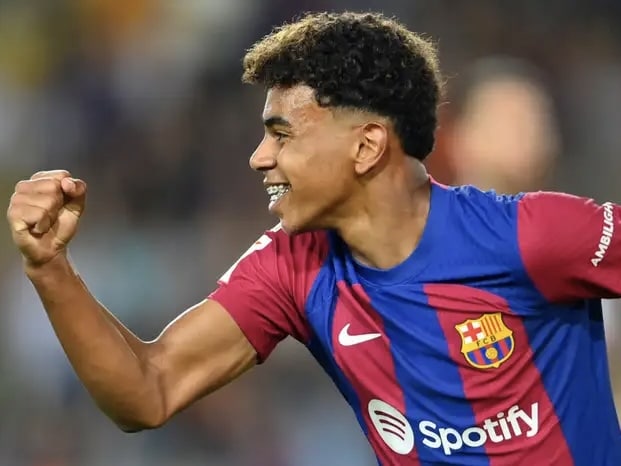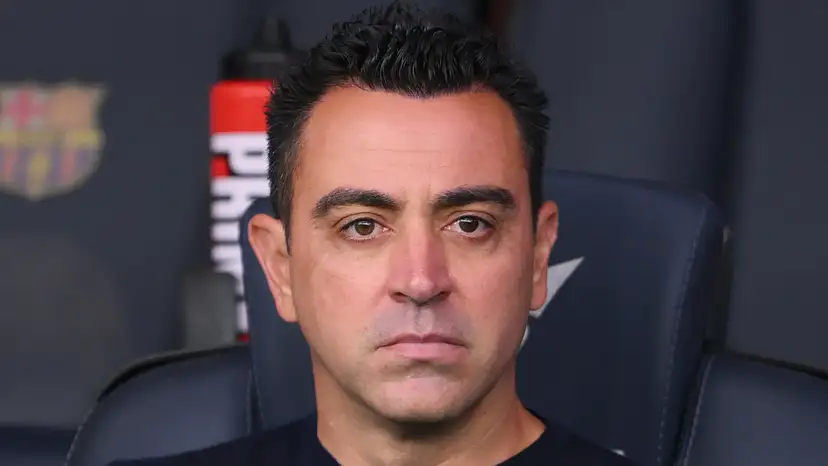
The modern elite academy has created a new archetype of the “perfect” young footballer. He is 19, technically polished, tactically intelligent, physically conditioned through world-class sports science, and has already become a social media figure with a million Instagram followers. He dominates the U21 league, racks up highlight reels, and looks on paper like the future of the club. From the outside, he appears only one small step away from superstardom.
Yet, in reality, he is stuck in limbo. Despite his talent, he has not played a single competitive minute of senior football. He trains with the first team, plays U21 matches on perfect pitches, but remains blocked from the real world of professional senior minutes. He is not bad enough to be discarded, but not trusted enough to be used. He exists in the most dangerous place in football development, the void between youth football and the men’s game.
This paradox reflects a larger problem. Football has never produced more technically gifted academy graduates, yet breaking into the senior game has never been harder. The bridge that once connected youth academies to senior careers is now fractured by financial pressures, managerial turnover, and competitive intensity. The numbers support the decline: in the last decade, the entire Big Six have produced only 36 academy players who made 30 or more league appearances for their parent clubs. The talent is coming through in record volume, but the game is no longer structured to receive them.
The first major obstacle in the pathway is the difference between academy football and the men’s professional game. Premier League 2 (U21 level) is light years away from League One, the Championship, or the Premier League in terms of intensity. In development leagues, matches are controlled, tactical, calm, and rarely hostile. Players enjoy pristine pitches, familiar training-ground conditions, and environments where risk and chaos are minimized.
Senior football is the opposite. Matches are played in front of thousands of fans who do not care about performance metrics, only results. Opponents press aggressively, defenders leave a foot in, midfielders drag and pull to disrupt rhythm, and every away game brings a different physical and emotional challenge. Players who dominate youth football often struggle when they encounter veteran professionals who know every dark art in the book. The transition from being a star in a sterile environment to being targeted by an experienced journeyman in a mid-table Championship side is often brutal.
This creates a generation of players who can thrive in structured, technical drills but struggle with the unpredictable, emotional, game-management elements of real football. Many youth products are exceptional at the technical building blocks of coaching sessions but lack experience in the messy, chaotic, pragmatic battles that decide professional matches.
We now have a development system that produces elegant, methodical academy footballers who are not necessarily ready to win a header in the 93rd minute away at Stoke, or deal with a hostile crowd at Millwall, or survive the tactical grind of a relegation six-pointer. The gap is not just physical, it is psychological, emotional, and competitive. And most players discover it only when it is already too late.
One of the most overlooked reasons the pathway is blocked is financial. Modern Profit and Sustainability Rules (PSR), the successor to FFP, were designed to ensure clubs live within their means. But in practice, they have created incentives that work against youth integration. Academy players are now more valuable as immediate assets than as future first-team contributors.
The accounting logic is simple but powerful. Buying a player spreads cost over several years, amortizing the investment. Selling a homegrown academy graduate counts as pure profit immediately. Clubs like Chelsea and Manchester City have frequently used this approach, selling talented youth players at the earliest opportunity to balance the books or satisfy shareholder demands. The best youth prospects are no longer automatically groomed for first-team roles, they are evaluated as short-term financial instruments.
This has consequences for players and clubs alike. The top six Premier League academies collectively produced only 36 graduates in the last decade who have reached 30+ top-flight appearances at their parent clubs. Clubs are more likely to sell promising talent to mid-table or foreign clubs than to commit to the uncertainty of integrating them. Players like Lewis Hall at Chelsea or Cole Palmer at City exemplify this paradox: prodigiously talented, yet managed and moved in ways that prioritize accounting and balance sheets over football development.
The result is a system that systematically discourages risk-taking with youth. Instead of being nurtured into long-term first-team contributors, young players are shuffled, sold, or loaned, creating a structural bottleneck that prevents talent from fulfilling its potential within the club that developed it.
Even if clubs wanted to integrate youth, managerial realities make it almost impossible. The average tenure of top-flight managers has shrunk dramatically, often less than 18 months in England. With so little time to deliver results, managers prioritize safety over development. Introducing a 19-year-old center-back, no matter how technically gifted, is viewed as a liability when every match carries existential pressure.
Modern football is risk-averse. Managers fighting for their jobs favor experienced players who make fewer mistakes and can be relied upon under intense scrutiny. A young academy graduate may excel in training but is vulnerable to the psychological and physical pressures of senior games. Even when youth players are technically ready, managers rarely have the patience to allow mistakes, fearing backlash from fans, media, and boards.
Real-world examples reinforce this pattern. At Manchester United, Tottenham and Chelsea, a cycle of rapid managerial turnover has disrupted planned pathways for young talents. Players who might have debuted under one manager are often sidelined when a new coach arrives. Clubs with long-term managerial stability, like Brentford or Atlético Madrid, demonstrate that patient integration works, but such models are rare in the Prem Big Six ecosystem.
The managerial merry-go-round compounds the pathway problem. Youth development is not merely about producing technically proficient players, it requires alignment between academy planning, senior squad strategy, and managerial trust. Without stability and patience, even the most talented graduates are left stuck in the void, waiting for a break that may never come.








